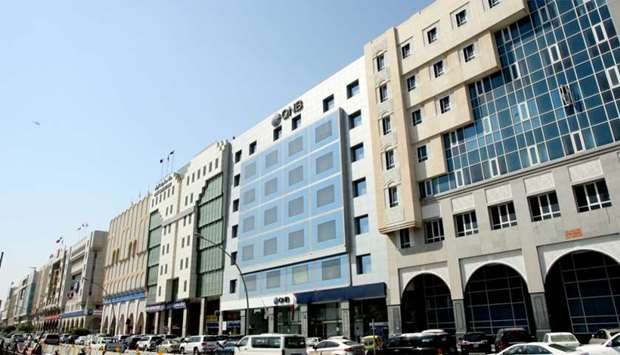The growth of the aggregated total loans and advances of the eight listed Qatari banks from June to September 2019 (in excess of QR30bn) was "mainly driven by a combination of growth in equity, due to banks and customer deposits," a new report has shown.
Customer deposits recorded a “fast” growth (QR +18bn, or 2.9%) in Q3, 2019 compared to H1 2019, PwC said in its latest "Qatar Banking Sector" report.
In detail, from June to September 2019, the aggregated total assets of the eight listed banks grew QR39bn (5.63% increase compared to the FY 2018 results) to hit QR1.57tn, while the aggregated loans and advances grew QR30bn (5.76% increase compared to the FY 2018 results) to reach QR1.08tn, PwC said.
It said the growth of the aggregated total assets of the eight listed banks from June to September 2019 was proportionally mirrored by the increase of customer deposits (+ QR18bn).
PwC analysis also shows a solid growth over the past three years; results indicate the total assets of these banks increased by 22.7% (CAGR of 7.1%), demonstrating that the “growth of the Qatari financial industry remains solid and resilient over time”.
The total profit of the eight listed commercial banks increased by 5.6% compared to Q3, 2018, reaching QR19.2bn for the period that ended on September 30, 2019 (QR18.2bn in September 2018), PwC said.
Over the nine months of 2019, the market price of shares was impacted by stock splitting, increasing the number of outstanding shares to lower nominal value per share. The main purpose of stock splitting is to make the share price look more affordable to investors.
The average net interest (profit rate) margin, of the eight listed commercial banks, declined by 0.06 percentage points for the year-ended 2018, in comparison to the year-ended 2017, the report noted.
The margin averaged 2.43% for 2018, compared to its prior year average of 2.49%. The average profit margin decreased by 0.42 percentage points year-on-year, reaching 30.2%, compared to a profit margin of 30.6%. The operating efficiency ratio, for the year-ended 2018, averaged 15% in comparison to 2017 year-end’s average of 17%.
The record improvement that was witnessed for 2018 has been driven by the majority of the listed commercial banks, PwC said.
“The performance of the eight listed Qatari banks, as disclosed in their respective financial reports (Ahlibank, Commercial Bank, Doha Bank, Al Khaliji, QIB, QIIB, QNB and Masraf Al Rayan) for the Q3 period ending on September 30, 2019, showed steady growth in lending.
“This growth shows an indication for both - a positive outlook for GDP growth in the short and medium term, and for further strengthening the Qatar financial industry,” noted Burak Zatiturk, Qatar Financial Services Leader at PwC.




